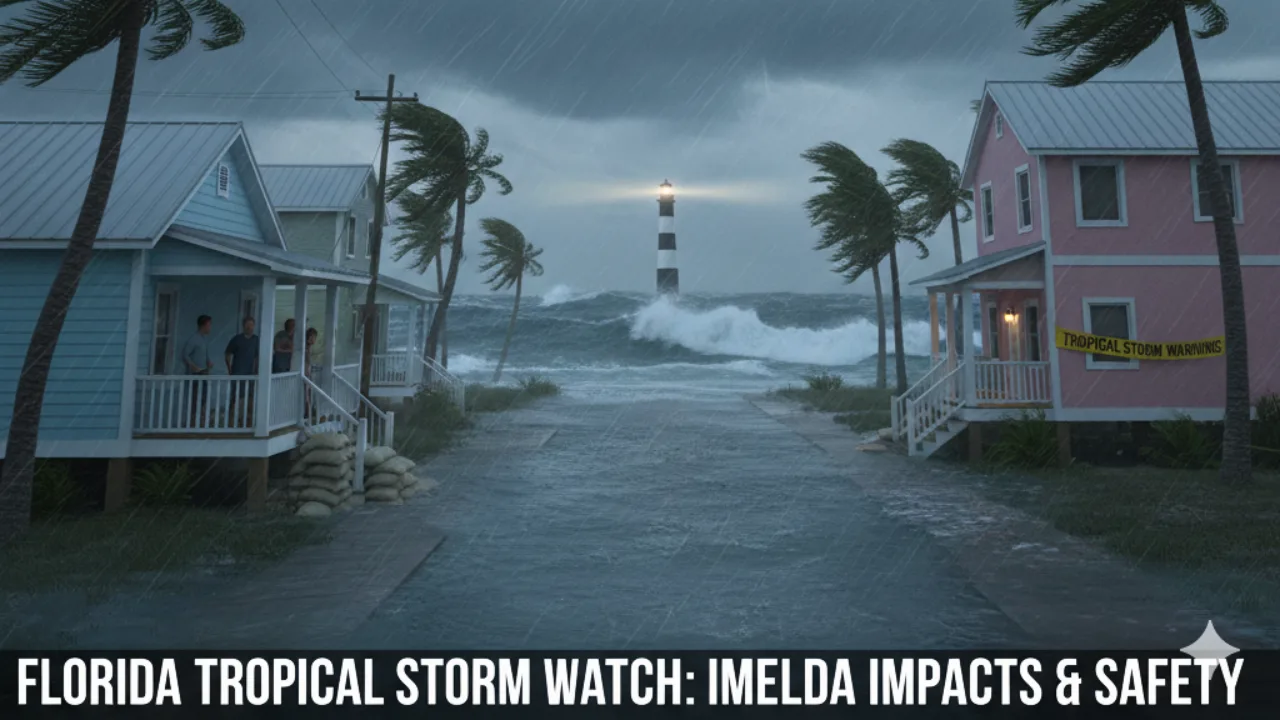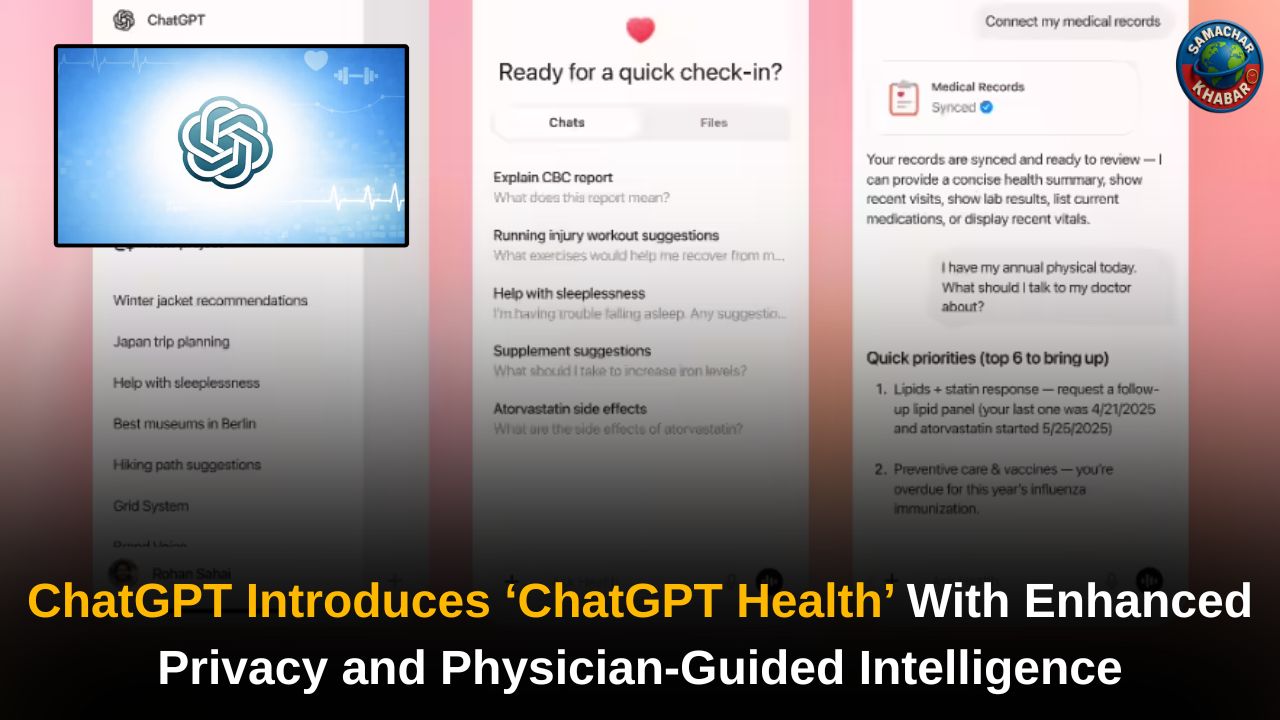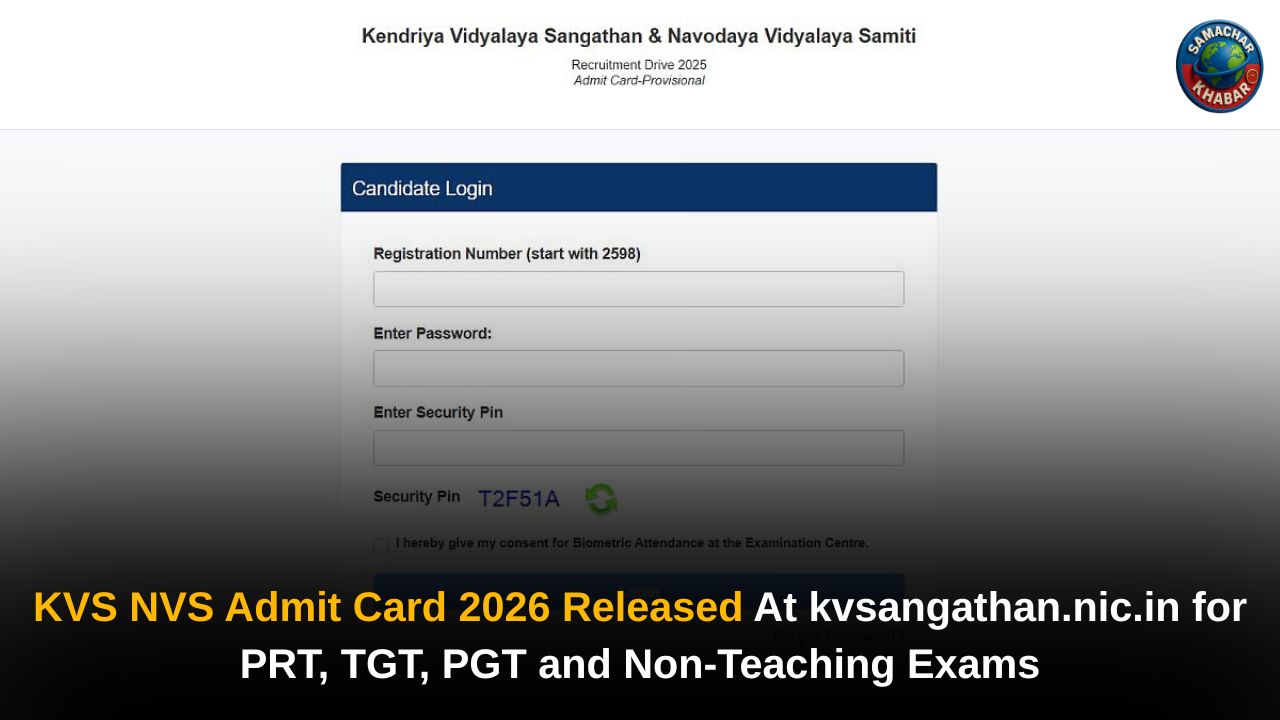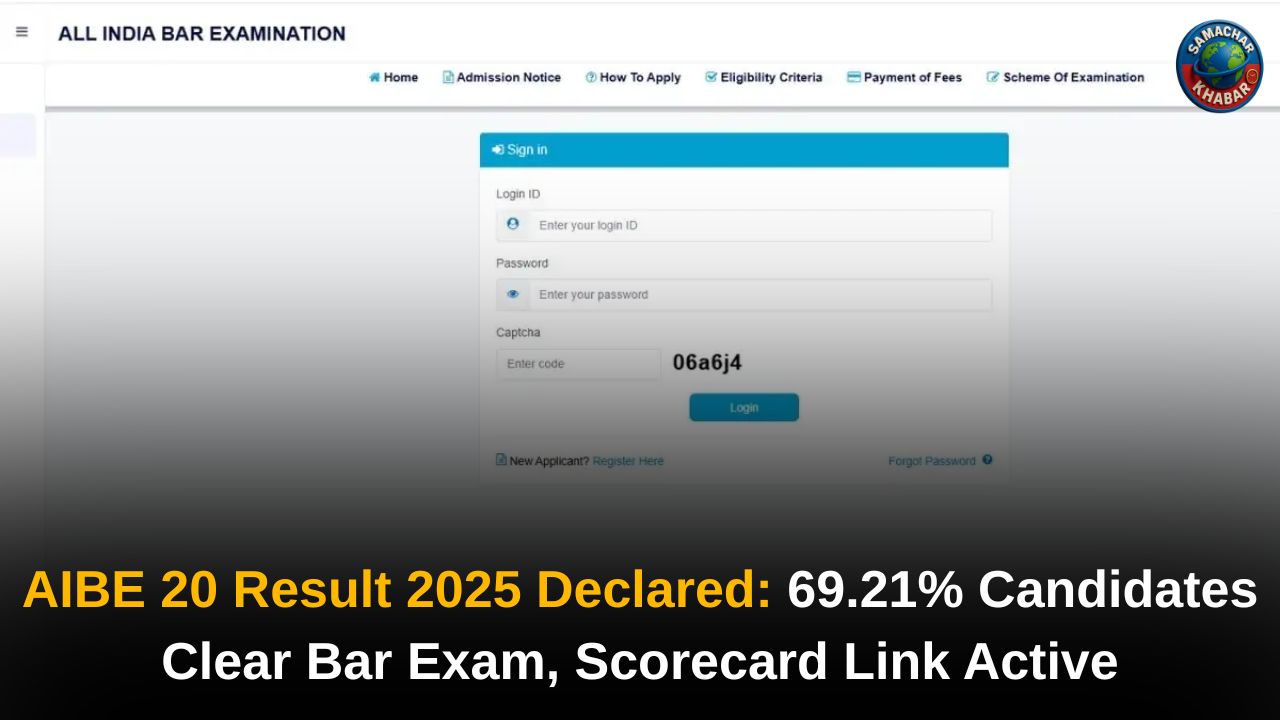Florida Tropical Storm Watch: A sense of unease is sweeping across Florida’s eastern coastline as a new tropical disturbance, soon to be named Tropical Storm Imelda, tracks toward the southeastern United States. While direct landfall in Florida is not the most likely scenario, a Tropical Storm Watch has been issued, a clear signal from meteorologists that now is the time to prepare. The potential for dangerous surf, rip currents, and strong winds is high, and even a “graze” from a storm of this magnitude can bring significant impacts.
This blog post will break down what a Tropical Storm Watch means for you, the latest forecasts for Imelda, and most importantly, how to ensure you and your family are ready.
Understanding the Watch vs. the Warning
In the world of tropical weather, terminology is everything. The National Hurricane Center (NHC) issues different alerts to communicate the level of threat, and it’s crucial to understand the difference between them.
- Tropical Storm Watch: This means that tropical storm conditions (sustained winds of 39 to 73 mph) are possible within the designated area, typically within the next 48 hours. It is a “heads up” to start your preparations. This is the alert currently in effect for parts of Florida.
- Tropical Storm Warning: This is a more urgent alert. It means that tropical storm conditions are expected within the designated area, usually within the next 36 hours. A warning indicates that the storm is a more immediate threat and that preparations should be rushed to completion.
The issuance of a Tropical Storm Watch for Florida is a clear message to get your emergency plans in motion. It’s the critical window of time to stock up on supplies, secure your property, and finalize any evacuation plans if necessary.
Future Imelda: A Forecast of Uncertainty and Potential Impacts
The path of any tropical system is notoriously difficult to predict, and Future Tropical Storm Imelda is no exception. While most long-range models show the storm taking a more northerly track toward the Carolinas and Georgia, there is still a significant possibility that it will remain close enough to Florida’s coast to cause issues.
Also Read: Hurricane Gabrielle Roars as Category 4 Storm: UK and Portugal on High Alert
The main concerns for Florida residents are not necessarily the core of the storm, but its far-reaching impacts. The Outer bands of the strengthening system could bring:
- Strong Winds: Gusts that can knock down tree limbs and cause power outages.
- Coastal Flooding: The “onshore flow” of winds from the storm can push water toward the coast, leading to minor to moderate coastal flooding, particularly during high tide.
- Dangerous Rip Currents & Surf: Even from a distance, the storm will churn up the ocean, creating life-threatening rip currents and large waves along the beaches. The National Weather Service reports that rip currents claim an average of 100 lives in the United States each year, and tropical systems are a major contributor to this danger.
According to a recent Washington Post report, there is a “strong consensus” among forecast models that the system will track north, but a potential “tug of war” between atmospheric steering currents leaves a significant amount of uncertainty. This is why staying vigilant and prepared is key.
Your Essential Tropical Storm Preparedness Checklist
Don’t wait for a warning to start preparing. Now that a Tropical Storm Watch has been issued, it’s the perfect time to review your preparedness plan.
- Gather Your Supplies: Ensure you have a well-stocked emergency kit.
- Water (one gallon per person, per day, for at least three days)
- Non-perishable food
- Flashlights and extra batteries
- First-aid kit
- Battery-powered or hand-crank radio
- Local maps
- Prescription medications and a seven-day supply of any daily medications.
- Cash in small denominations
- Secure Your Property:
- Bring in all outdoor furniture, decorations, garbage cans, and anything that could become a projectile in high winds.
- If you have a boat, ensure it is properly secured.
- Trim trees and shrubs around your home to reduce the risk of falling branches.
- Create a Family Communication Plan:
- Designate a single out-of-state contact person for family members to check in with.
- Create a list of important phone numbers.
- Discuss a meeting point in case you get separated.
For a comprehensive guide, visit the American Red Cross website for their full Hurricane Preparedness checklist.
Beyond the Storm: The Importance of Community
While a storm can feel isolating, it’s also a time for community. Check on your neighbors, especially the elderly or those with limited mobility. Share resources and information. As the saying goes, “we’re all in this together.” Having a neighborhood emergency plan can be a lifesaver. This includes knowing who has a generator, who might need a ride, and who can offer assistance after the storm has passed.
Stay Informed, Stay Safe
The issuance of a Tropical Storm Watch for parts of Florida ahead of Future Tropical Storm Imelda’s southeast impacts is a critical reminder that we live in a region where tropical weather is a reality.
The time to prepare is now, not when the winds are howling. By understanding the terminology, staying updated on the latest forecasts from a trusted source like the National Weather Service, and taking proactive steps to secure your family and property, you can minimize the risk and ride out the storm with confidence. Don’t leave your safety to chance.
FAQs on Florida Tropical Storm Watch
Q1: What is the difference between a tropical storm and a hurricane?
A: The main difference is wind speed. A tropical storm has sustained winds of 39-73 mph, while a hurricane has sustained winds of 74 mph or higher.
Q2: Is Tropical Storm Imelda the same one from 2019?
A: No. Tropical Storm Imelda from 2019 was a separate storm that caused catastrophic flooding in Southeast Texas. Names are recycled every six years unless a storm is so destructive its name is retired. This new system has simply been assigned the next name on the list.
Q3: How long do Tropical Storm Watches typically last?
A: A Tropical Storm Watch is generally issued when tropical storm conditions are possible within 48 hours. It can be upgraded to a warning or canceled depending on the storm’s track and intensity.
Q4: Should I evacuate during a Tropical Storm Watch?
A: A Tropical Storm Watch is a time to prepare, not necessarily to evacuate. You should only evacuate if local officials issue a mandatory evacuation order for your area. Always follow the instructions of emergency management officials.
Q5: What are the biggest threats from a Tropical Storm like Imelda?
A: The biggest threats are not always the high winds. Storm surge, inland flooding from heavy rainfall, and dangerous rip currents are often more deadly and destructive. It is important to remember that water is the main hazard in tropical systems.

















